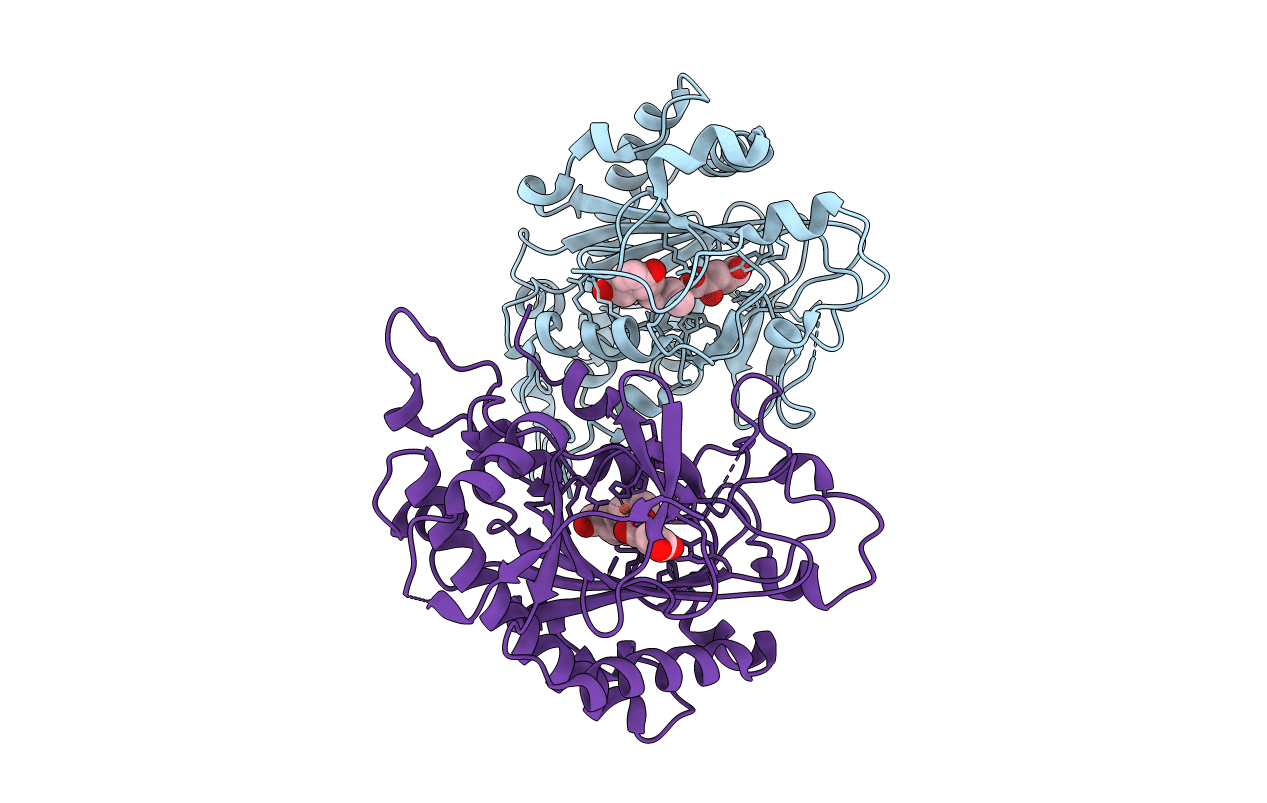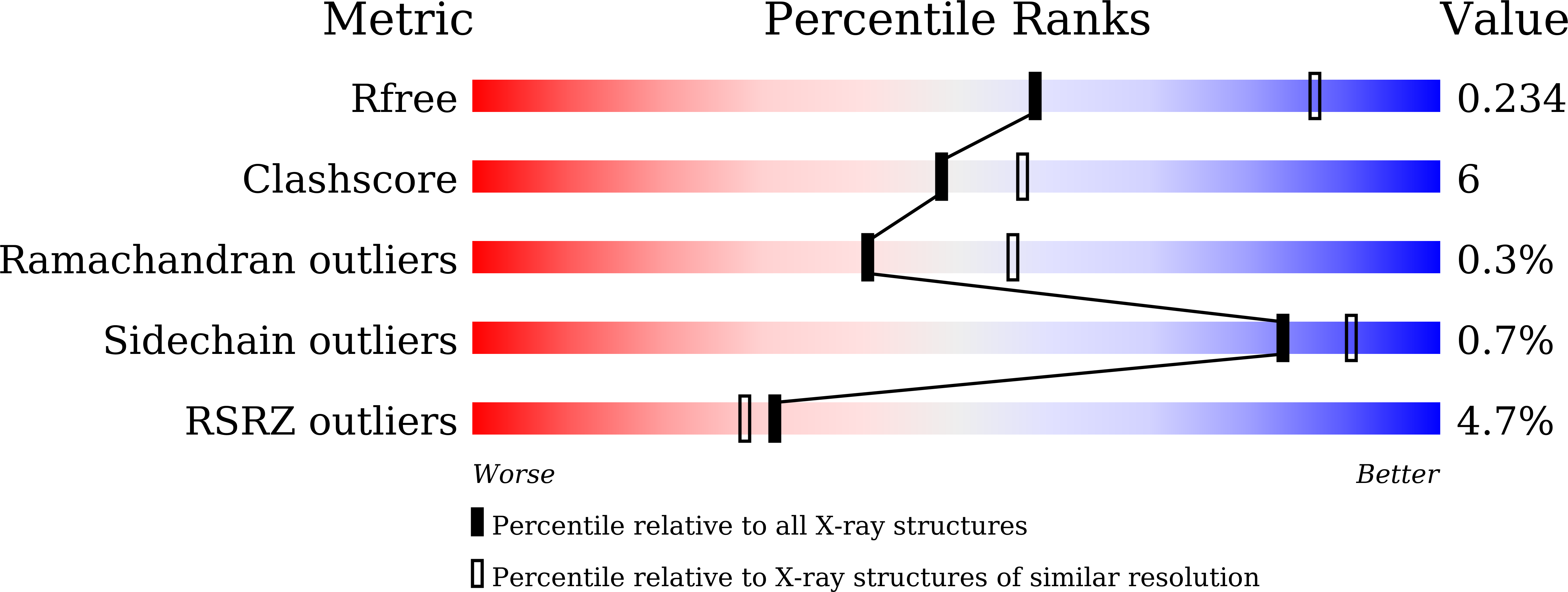
Deposition Date
2020-01-20
Release Date
2021-02-10
Last Version Date
2023-11-29
Entry Detail
PDB ID:
6LSV
Keywords:
Title:
Crystal structure of JOX2 in complex with 2OG, Fe, and JA
Biological Source:
Source Organism:
Arabidopsis thaliana (Taxon ID: 3702)
Host Organism:
Method Details:
Experimental Method:
Resolution:
2.65 Å
R-Value Free:
0.23
R-Value Work:
0.19
R-Value Observed:
0.19
Space Group:
C 1 2 1


